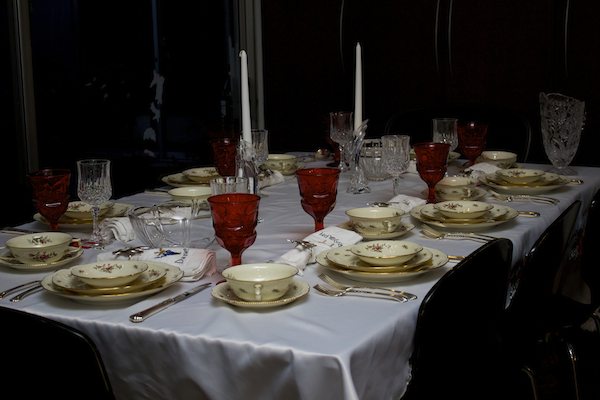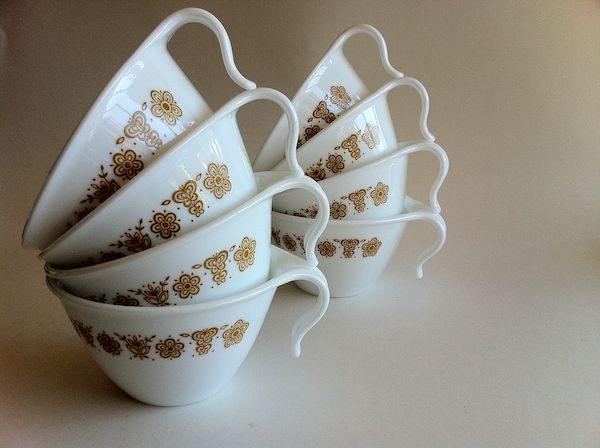
[Image above] Credit: Bill Bumgarner; Flickr CC BY-NC-ND 2.0
This week we’re gearing up to stuff ourselves at Christmas feasts-of-plenty, and we hope you’re making room in your belly to do the same.
But no matter your culture, religion, or custom, chances are that this time of year also involves gathering around a table to share a meal with family and friends—whether it’s Hanukkah, Kwanzaa, the Chinese New Year, Christmas, Ramadan, the Winter Solstice, or other such festivities.
As you set the table for your celebration of choice, there’s a chance you might be setting places with Corelle dishes, which are sold in more than 40 countries around the globe and are found in an estimated 50% of American households, according to Corelle manufacturer World Kitchen. If you’re like me, the sight, sound, and feel of Corelle dishes brings back memories of dinner at grandma’s house.
And if you’re familiar with Corelle dishes, then you’re also familiar with their uncanny durability. Drop one of those bad boys and they’re likely to bounce, not break.
But what makes the dishes so strong, despite their thinness, lightness, and delicate nature?
Good old glass.
Corelle dishes are made of Vitrelle, a glass laminate of three thermally-bonded glass layers. According to the Corelle Corner, a website dedicated to enthusiasm in all things Corelle, “the two kinds of glass possess different coefficients of thermal expansion. This mismatch means that the outer two layers are in compression (pushing) and the core layer is in a state of tension (pulling), with the stresses delicately balanced with each other. This enables a glass-laminate to resist damage from impacts that might break ordinary glass of a similar thickness.”
Vitrelle’s composition is different from other popular consumer products like Pyrex and Corningware.
To learn (and see) more about how Corelle dishes are made, take a ten-minute break to watch this video inside the Corelle factory from “Built in America, ” then wow fellow dinner guests with your materials science know-how. Cheers!
Credit: Built In America; YouTube

